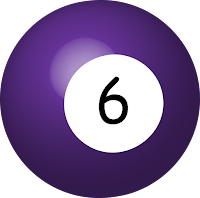Plan The Best Chance of Winning!
You are playing a game of dodge ball with two other people, John and
Tom. You're standing in a triangle and you all take turns throwing at
one of the others of your choosing until there is only one person
remaining. You have a 30 percent chance of hitting someone you aim at,
John has a 50 percent chance, and Tom a 100 percent change (he never
misses). If you hit somebody they are out and no longer get a turn.
If the order of throwing is you, John, then Tom; what should you do to have the best chance of winning?
This should be you plan to increase chances of winning!
If the order of throwing is you, John, then Tom; what should you do to have the best chance of winning?
This should be you plan to increase chances of winning!















